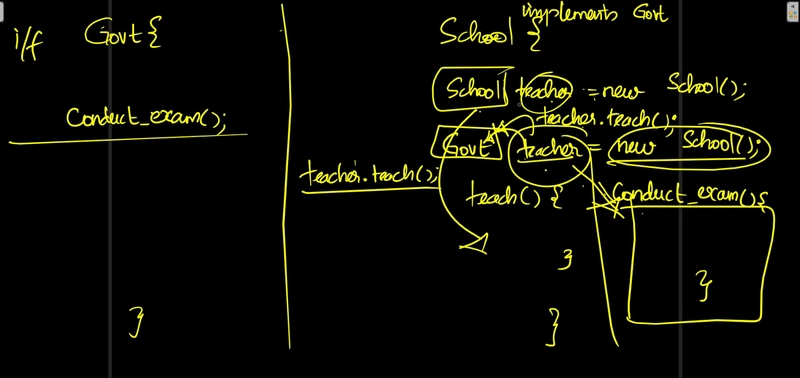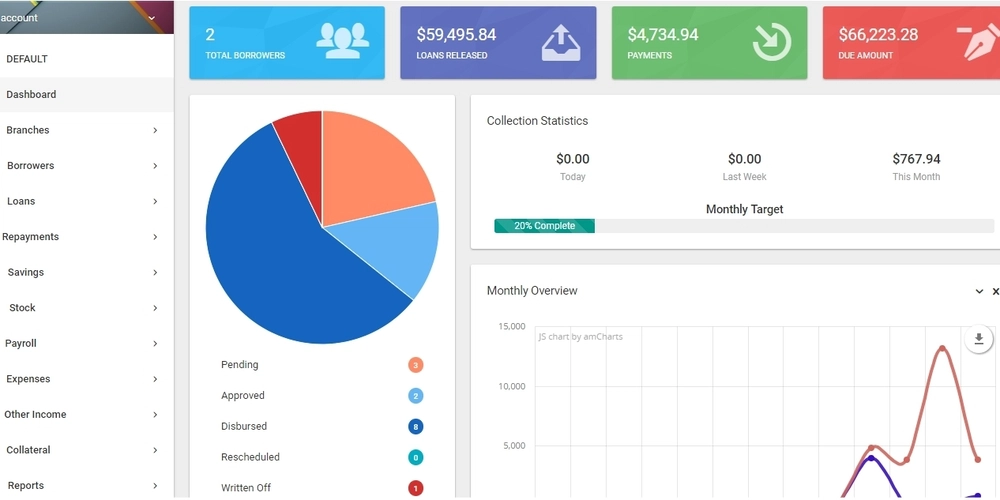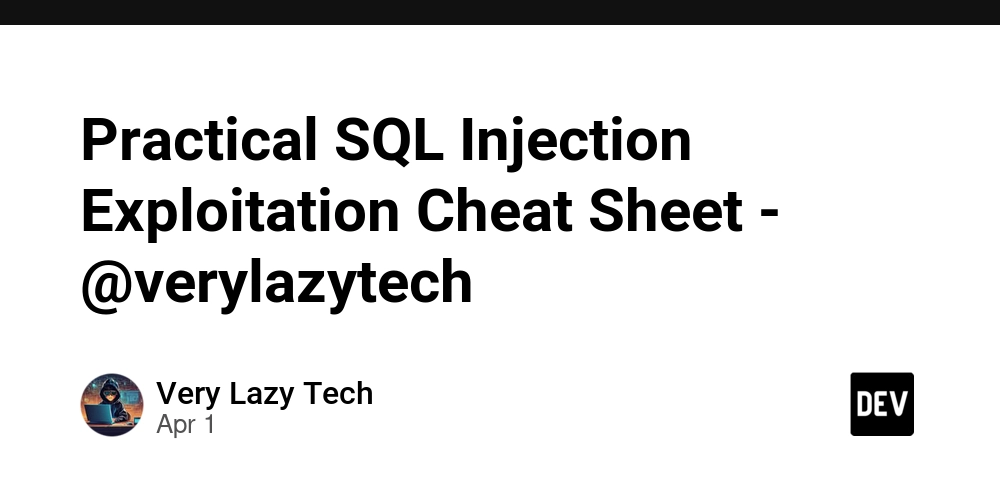npm vs npx: Understanding the Difference
If you're a JavaScript developer, you've likely encountered both npm and npx in your workflow. While they may seem similar, they serve different purposes. In this blog post, we will break down the differences, use cases, and when to use npm vs npx. What is npm? npm (Node Package Manager) is the default package manager for Node.js. It helps developers install, manage, and share JavaScript packages. Key Features of npm: Package Installation: Install libraries and tools globally or locally. Dependency Management: Manage project dependencies via package.json. Version Control: Lock dependencies to specific versions using package-lock.json. Publishing Packages: Allows developers to publish their own packages to the npm registry. Basic npm Commands: # Initialize a project with a package.json file npm init -y # Install a package locally npm install # Install a package globally npm install -g # Uninstall a package npm uninstall # Update all dependencies npm update What is npx? npx (Node Package eXecute) is a package runner that comes with npm (starting from version 5.2.0). It allows you to execute npm packages without globally installing them. Key Features of npx: Execute Packages Without Installing: Run CLI tools without globally installing them. Run Specific Package Versions: Use a different version of a package without modifying your global dependencies. Execute One-time Commands: Useful for running temporary scripts or commands. Basic npx Commands: # Run a package without installing it globally npx create-react-app my-app # Run a specific version of a package npx -p @ # Execute a script from a GitHub repository npx github:/ npm vs npx: Key Differences Feature npm npx Purpose Installs and manages dependencies Executes packages without installation Global Install Required for CLI tools Not required for execution Versioning Uses installed version Can use specific versions dynamically Common Usage Dependency management Running CLI tools and scripts When to Use npm? Use npm when: You need to install dependencies for your project. Managing long-term project dependencies. Installing global CLI tools that you use frequently. When to Use npx? Use npx when: Running a CLI tool that you don't want to install globally. Testing different versions of a package. Running a package just once without permanent installation. Conclusion Both npm and npx are essential tools for JavaScript developers. While npm is best for managing dependencies, npx provides a convenient way to execute packages on demand. By understanding their differences, you can optimize your workflow and avoid unnecessary global installations. Happy coding!

If you're a JavaScript developer, you've likely encountered both npm and npx in your workflow. While they may seem similar, they serve different purposes. In this blog post, we will break down the differences, use cases, and when to use npm vs npx.
What is npm?
npm (Node Package Manager) is the default package manager for Node.js. It helps developers install, manage, and share JavaScript packages.
Key Features of npm:
- Package Installation: Install libraries and tools globally or locally.
-
Dependency Management: Manage project dependencies via
package.json. -
Version Control: Lock dependencies to specific versions using
package-lock.json. - Publishing Packages: Allows developers to publish their own packages to the npm registry.
Basic npm Commands:
# Initialize a project with a package.json file
npm init -y
# Install a package locally
npm install
# Install a package globally
npm install -g
# Uninstall a package
npm uninstall
# Update all dependencies
npm update
What is npx?
npx (Node Package eXecute) is a package runner that comes with npm (starting from version 5.2.0). It allows you to execute npm packages without globally installing them.
Key Features of npx:
- Execute Packages Without Installing: Run CLI tools without globally installing them.
- Run Specific Package Versions: Use a different version of a package without modifying your global dependencies.
- Execute One-time Commands: Useful for running temporary scripts or commands.
Basic npx Commands:
# Run a package without installing it globally
npx create-react-app my-app
# Run a specific version of a package
npx -p @ <command>
# Execute a script from a GitHub repository
npx github:/
npm vs npx: Key Differences
| Feature | npm | npx |
|---|---|---|
| Purpose | Installs and manages dependencies | Executes packages without installation |
| Global Install | Required for CLI tools | Not required for execution |
| Versioning | Uses installed version | Can use specific versions dynamically |
| Common Usage | Dependency management | Running CLI tools and scripts |
When to Use npm?
Use npm when:
- You need to install dependencies for your project.
- Managing long-term project dependencies.
- Installing global CLI tools that you use frequently.
When to Use npx?
Use npx when:
- Running a CLI tool that you don't want to install globally.
- Testing different versions of a package.
- Running a package just once without permanent installation.
Conclusion
Both npm and npx are essential tools for JavaScript developers. While npm is best for managing dependencies, npx provides a convenient way to execute packages on demand. By understanding their differences, you can optimize your workflow and avoid unnecessary global installations.
Happy coding!









































































































































































![[The AI Show Episode 144]: ChatGPT’s New Memory, Shopify CEO’s Leaked “AI First” Memo, Google Cloud Next Releases, o3 and o4-mini Coming Soon & Llama 4’s Rocky Launch](https://www.marketingaiinstitute.com/hubfs/ep%20144%20cover.png)




























































































































![[DEALS] The All-in-One Microsoft Office Pro 2019 for Windows: Lifetime License + Windows 11 Pro Bundle (89% off) & Other Deals Up To 98% Off](https://www.javacodegeeks.com/wp-content/uploads/2012/12/jcg-logo.jpg)



























![Is this too much for a modular monolith system? [closed]](https://i.sstatic.net/pYL1nsfg.png)






















































































































_Andreas_Prott_Alamy.jpg?width=1280&auto=webp&quality=80&disable=upscale#)
































































































![What features do you get with Gemini Advanced? [April 2025]](https://i0.wp.com/9to5google.com/wp-content/uploads/sites/4/2024/02/gemini-advanced-cover.jpg?resize=1200%2C628&quality=82&strip=all&ssl=1)













![Apple Shares Official Trailer for 'Long Way Home' Starring Ewan McGregor and Charley Boorman [Video]](https://www.iclarified.com/images/news/97069/97069/97069-640.jpg)
![Apple Watch Series 10 Back On Sale for $299! [Lowest Price Ever]](https://www.iclarified.com/images/news/96657/96657/96657-640.jpg)
![EU Postpones Apple App Store Fines Amid Tariff Negotiations [Report]](https://www.iclarified.com/images/news/97068/97068/97068-640.jpg)
![Apple Slips to Fifth in China's Smartphone Market with 9% Decline [Report]](https://www.iclarified.com/images/news/97065/97065/97065-640.jpg)




































































































































